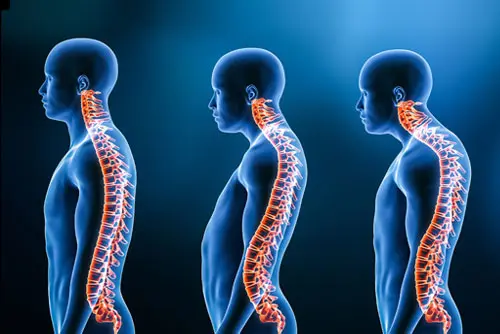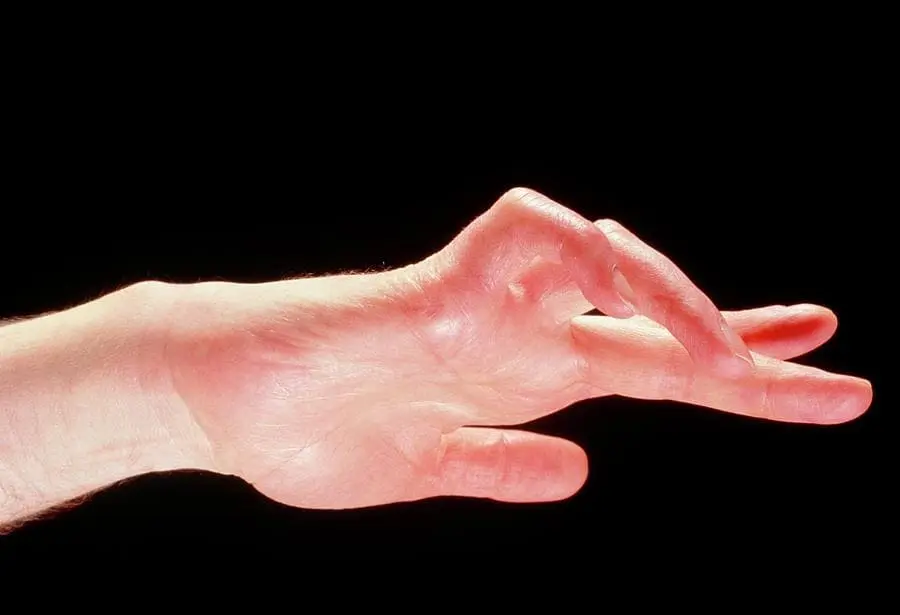Overview Gibbus deformity is a structural spinal deformity characterized by a sharp, angular curvature of the thoracic or thoracolumbar spine, resulting in a prominent hump-like appearance on the back. Unlike …
Conditions & Symptoms
Overview A Pectoralis major strain is a musculoskeletal injury involving overstretching or tearing of the pectoralis major muscle, one of the largest muscles in the chest responsible for shoulder adduction, …
Overview A Thoracodorsal nerve injury is a relatively uncommon but clinically significant condition that affects the nerve responsible for innervating the latissimus dorsi muscle, a large, flat muscle of the …
Overview A Soleus strain is a common calf injury involving overstretching or tearing of the soleus muscle, one of the key muscles located in the lower leg. The soleus lies …
Overview A Rectus Abdominis strain is a relatively common yet often underestimated injury that involves the overstretching, partial tearing, or complete rupture of the rectus abdominis muscle, the prominent, long, …
Overview Swan neck deformity is a characteristic finger deformity commonly seen in conditions affecting the hand’s joints, tendons, or connective tissues particularly in rheumatoid arthritis. It involves a distinct postural …
Overview The Achilles tendon is one of the strongest tendons in the human body, connecting the calf muscles (gastrocnemius and soleus) to the heel bone (calcaneus). To reduce friction between …
Overview Dowager’s hump, medically referred to as thoracic kyphosis or postural kyphosis, is a noticeable forward rounding of the upper back near the base of the neck. It often gives …










